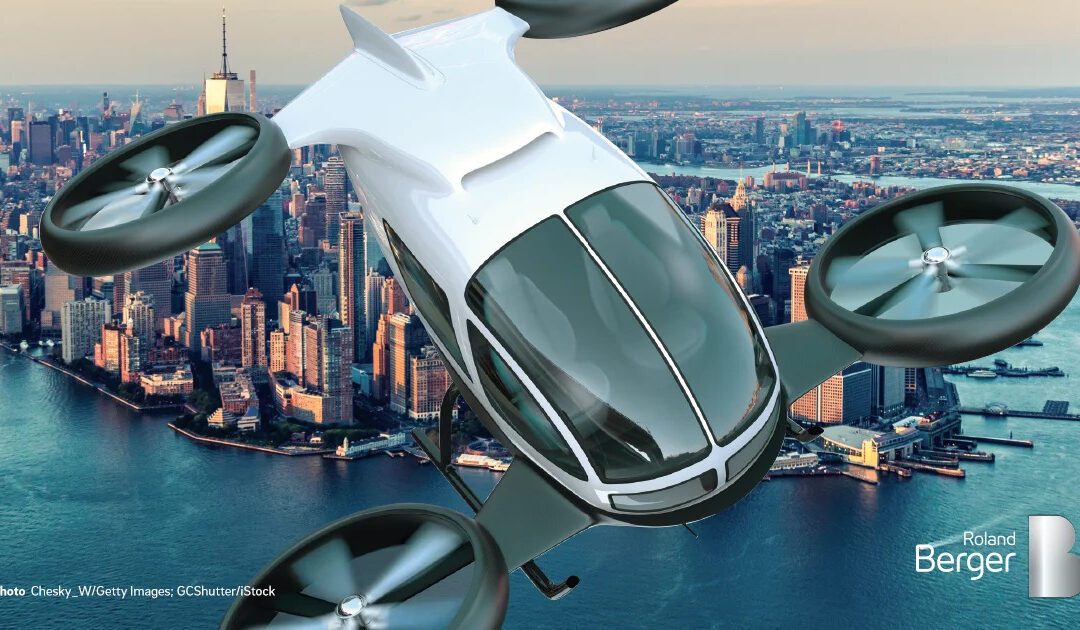“…The key to achieving a future of urban air mobility (UAM) lies in the development of a power source, compact enough to not take up too much room or add too much weight to an aircraft, yet powerful enough to deliver the energy needed to power vertical takeoffs and landings, and sustained flight capabilities.
The Federal Aviation Administration defines UAM as “a safe and efficient aviation transportation system that will use highly automated aircraft that will operate and transport passengers or cargo at lower altitudes within urban and suburban areas.” NASA envisions UAM to include small drones, electric aircraft and automated air traffic management.
While researchers have been making great progress in developing batteries to power everything from passenger cars to segments of the electric grid, employing batteries to power aircraft capable of carrying people has remained a major challenge.
An ad hoc group of experts in the field of energy storage, representing U.S. government agencies and private industry groups has been working for more than a year and a half to look into creating the next generation of batteries and other innovative fuel sources to power the aerial vehicles needed to achieve UAM, as well as those larger aircraft used in commercial aviation.
According to the group’s recent report, prepared through a collaboration of the U.S. Department of Energy and NASA, electric vertical take-off and landing (eVTOL) and short-range consumer aircraft are the two segments of aviation most likely to benefit from the development of next-generation batteries in the near future. This aviation industry segment is expected to profit from the current research and development and commercial deployment of batteries being used to power electric vehicle (EVs).
Within the next five to 10 years, eVTOL aircraft will be enabling urban air mobility, “providing intracity passenger, cargo and emergency services operated by electric-powered aircraft, either remotely piloted or under autonomous control,” the study states. It estimates that the market for urban air mobility could grow to $9 billion by 2030 and $80 billion by 2041.
“As we look forward, batteries are going to be incredibly important at decarbonizing every part of our economy,” study author and DOE energy storage expert Venkat Srinivasan said in an interview.
